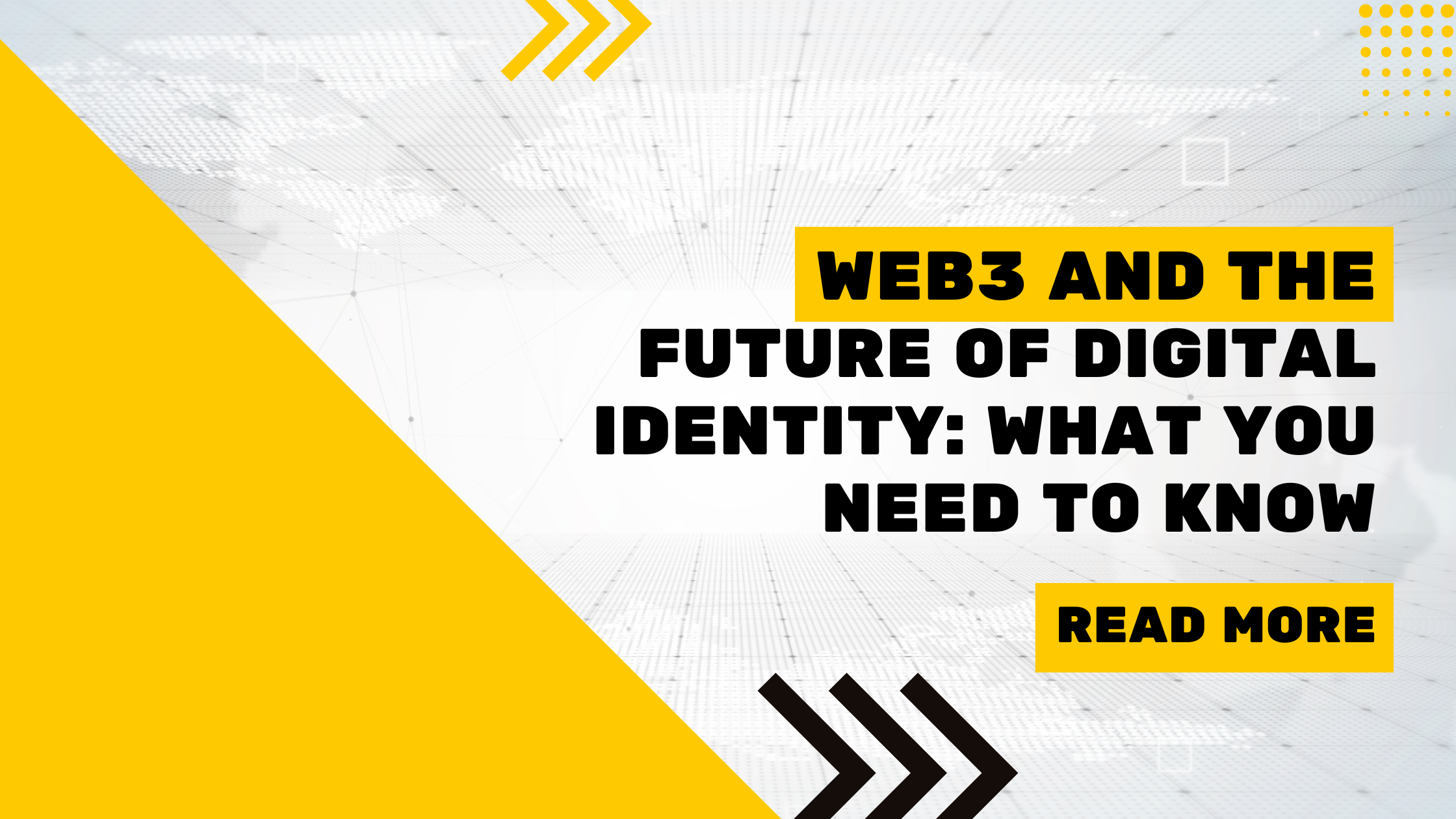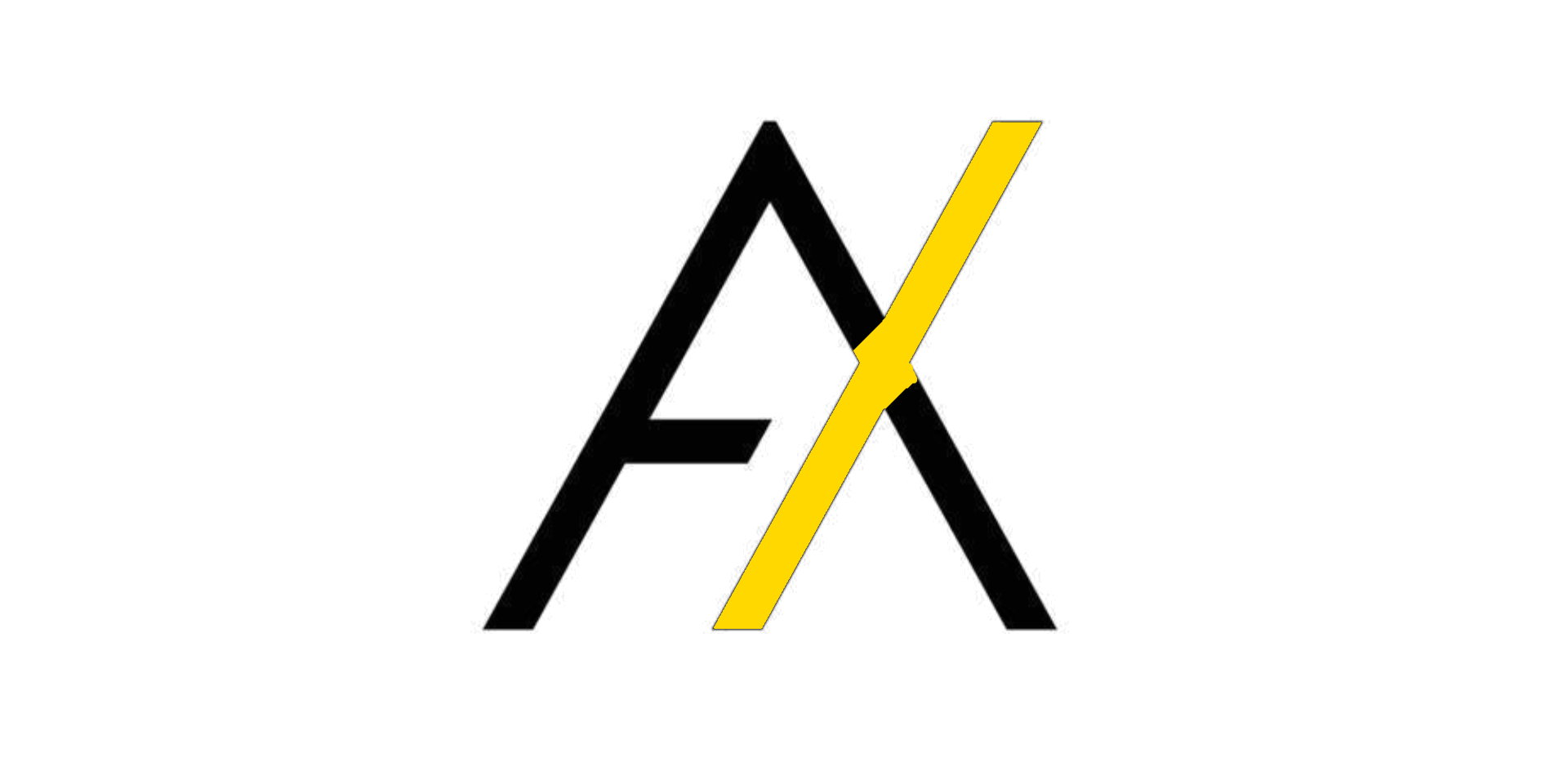
Digital identity is a cornerstone of online interactions, but current systems are fraught with issues like data breaches and lack of user control. Web3 and blockchain are here to change that.
The Problem with Current Digital Identity Systems
Traditional digital identity systems are centralized, making them vulnerable to hacks and data breaches. Users have little control over their personal information, which is often stored and managed by third parties.
How Web3 Solves the Digital Identity Crisis
Web3 introduces the concept of self-sovereign identity (SSI), where users have full control over their digital identities. This is achieved through decentralized identifiers (DIDs) and verifiable credentials stored on the blockchain.
Self-Sovereign Identity (SSI)
SSI allows individuals to own and manage their digital identities without relying on centralized authorities. Users can share only the information necessary for a transaction, enhancing privacy and security.
Blockchain’s Role in Secure Identity Management
Blockchain provides a secure and immutable ledger for storing identity information. This ensures that data cannot be tampered with and can be verified by anyone, increasing trust and transparency.
Real-World Use Cases for Web3 Identity Solutions
From secure login systems to KYC (Know Your Customer) processes and healthcare records, Web3 identity solutions are being adopted across various industries. These applications are just the beginning of a more secure and user-centric digital identity ecosystem.
The future of digital identity is decentralized, secure, and user-controlled, thanks to Web3 and blockchain. Stay informed and explore how these technologies can benefit your online presence.
